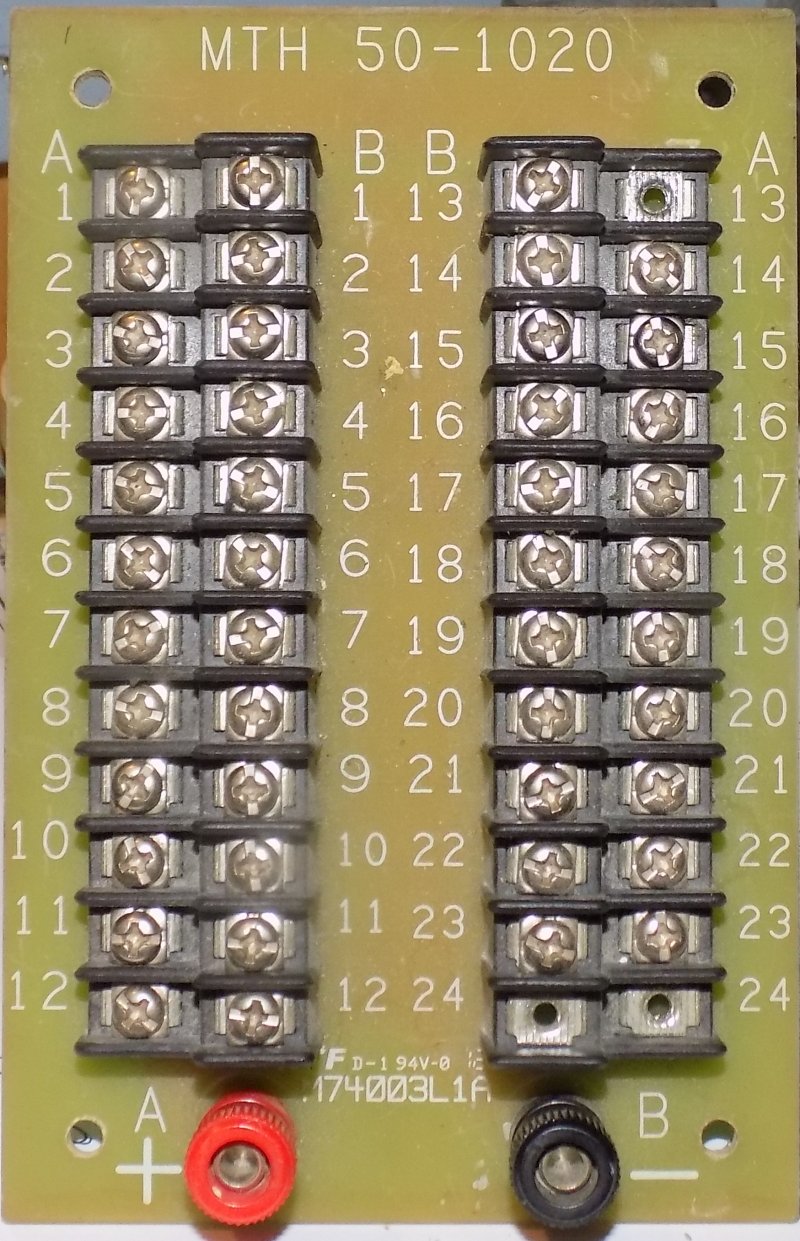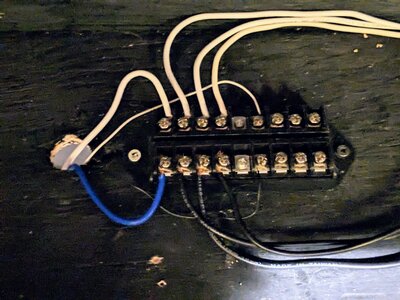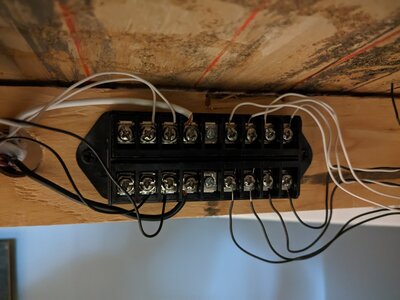For what it's worth, I'm glad you did post. It's a simple question you asked, but it depends on so many things--the size of your layout, the scale (which can really matter and affect the code size of your rail and the corresponding wire gauge)...........the number or trains you want to run, etc.
"What have I caused?" Lay the blame for that on my shoulders. You didn't, I just respond that way--too long, too wordy, and too lecturing almost all the time. I'm well aware of it, and while it might have had its time and place in my past, it's not very helpful today. Which is why I usually don't chime into a given thread until it's run a fair course along and I can spot where something new might help the ideas converge.
But you didn't cause it. If you caused it, I'd be sending you a bill.

I won't be.
No. Actually you inspired it, and I thank you for it.
I could show you, right now, a piece of the wire screen I bought when you were asking about fencing. It was something I had thought about for years, but hadn't looked over again once I moved to N-scale whole hog. I had thrown out the idea of using "tulle," which is well known, but which might not have been examined for N-scale.
So your question got me thinking. Which is pretty cool, I think.
I might even have some answers too--I've tried a couple other ways to build chain link fencing since you floated the question. I wouldn't have tried it if you hadn't asked about it.
Which is just one example of why I thank you.




